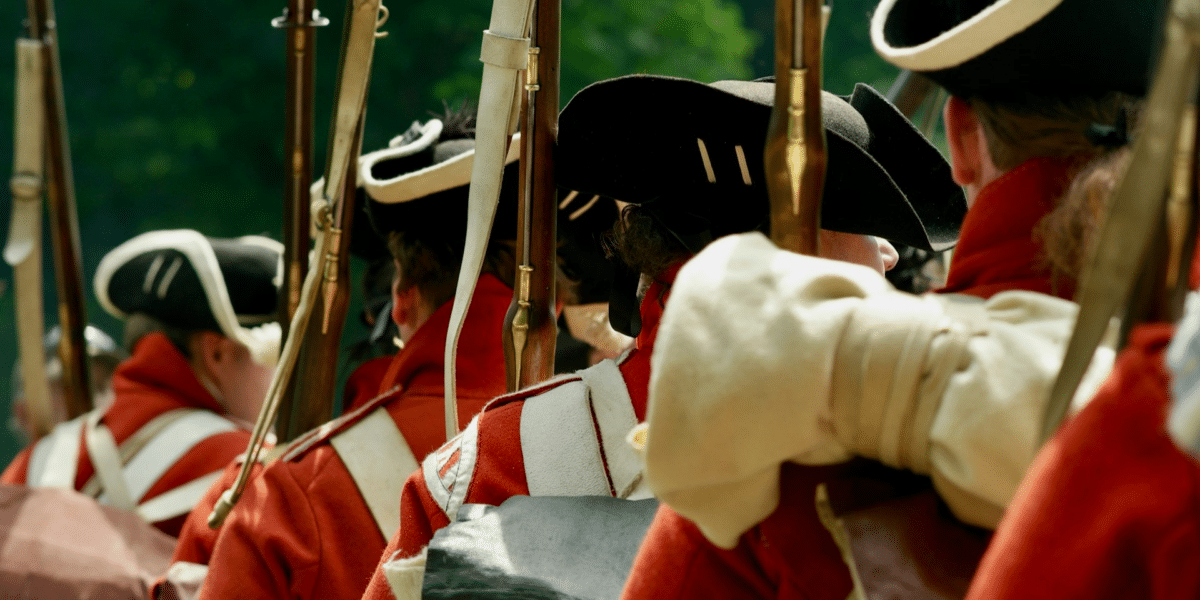History Comes Alive: Why Reenactments Captivate Virginia Tourists
Virginia. A state steeped in American history, from Jamestown’s first settlers to the battlefields of the Civil War. But beyond dusty museums and old monuments, Virginia offers a unique way to experience the past: historical reenactments. These immersive events aren’t just dusty displays of muskets and period costumes; they’re vibrant, reenactment villages bustling with activity, offering tourists a chance to step back in time and connect with history in a whole new way. Let’s explore the reasons why reenactments are becoming increasingly popular tourist attractions in Virginia.
Living History: Stepping Back in Time
Imagine yourself transported to a bustling colonial village. Reenactors in period clothing go about their daily lives, demonstrating traditional crafts, cooking over open fires, and engaging in lively conversation. This immersive experience allows tourists to go beyond textbooks and dusty artifacts. Reenactments bring history to life, offering a tangible connection to the past that static exhibits simply can’t replicate.
As a recent study on the educational value of reenactments suggests, “Reenactments provide a unique opportunity for experiential learning. They allow visitors to engage with history through sight, sound, and even touch, fostering a deeper understanding of the past.” This interactive format makes history not just informative, but also engaging and memorable for tourists of all ages.
Reenactments also offer a window into the daily lives of people from different historical periods. Imagine witnessing a blacksmith forge tools, a seamstress sew intricate garments, or a soldier drill with a musket. These demonstrations showcase the skills, challenges, and customs of everyday life, providing a richer and more nuanced understanding of history than just the battles and major figures we often learn about.
Beyond the Battlefield: Reenactments for Every Interest
Imagine a reenactment not just focused on war, but on the diverse tapestry of Virginia’s history. While Civil War battles are undeniably a major draw, Virginia’s reenactments encompass a wide range of historical periods and events. Tourists can witness the signing of the Declaration of Independence, experience the bustle of a colonial marketplace, or even attend a Victorian-era ball. This variety ensures there’s a reenactment to pique the interest of every visitor, regardless of their historical leanings.
Reenactments also cater to different levels of engagement. Imagine tourists not just observing, but participating in the reenactment. Many events offer interactive activities, allowing visitors to try on period clothing, learn colonial crafts, or even drill with a wooden musket. This deeper level of engagement fosters a sense of connection with the past and creates lasting memories that go beyond simply watching a historical spectacle.
A Community of Passion: Engaging with History Enthusiasts
Imagine a vibrant community united by a passion for history. Reenactors dedicate countless hours researching, crafting period clothing, and honing their historical knowledge. Their enthusiasm is contagious, sparking curiosity and igniting a love for history in visitors. Reenactments offer a unique opportunity to interact with these passionate individuals, asking questions and gaining a deeper understanding of the historical period being portrayed.
As a recent article on the impact of reenactments on communities highlights, “Reenactments foster a sense of community among history enthusiasts and promote public interest in history preservation.” This interaction between reenactors and tourists creates a dynamic learning environment that benefits everyone involved.
In conclusion, reenactments are not just about dusty uniforms and staged battles. They offer a vibrant, interactive, and engaging way to experience history in Virginia. From stepping back in time to a bustling colonial village to witnessing diverse historical events, reenactments cater to a variety of interests and learning styles. So, next time you’re planning a trip to Virginia, consider incorporating a reenactment into your itinerary. You might just discover that history isn’t just about dates and names; it’s a living, breathing experience waiting to be explored.













